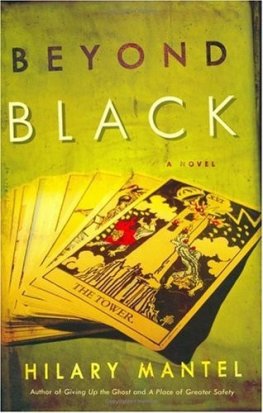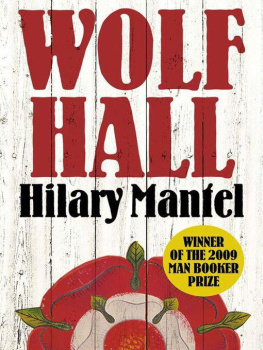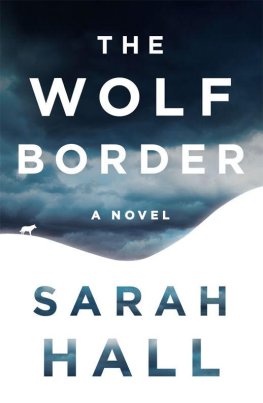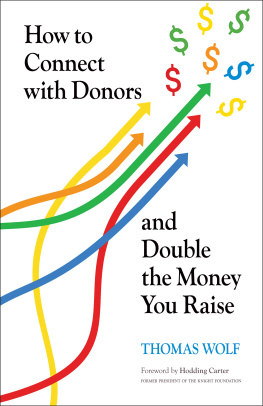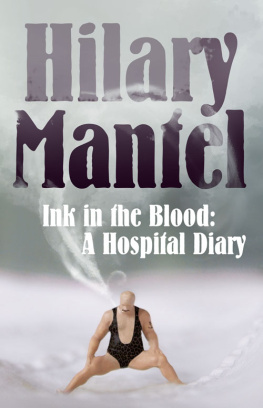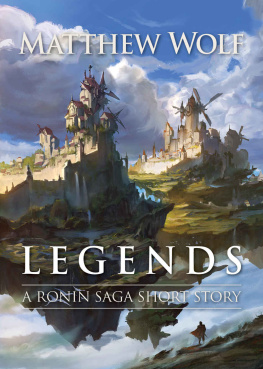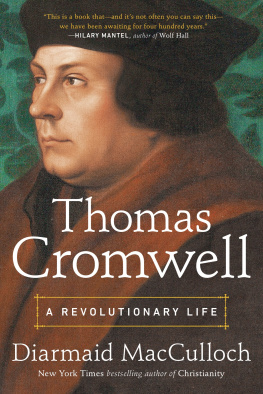CONTENTS

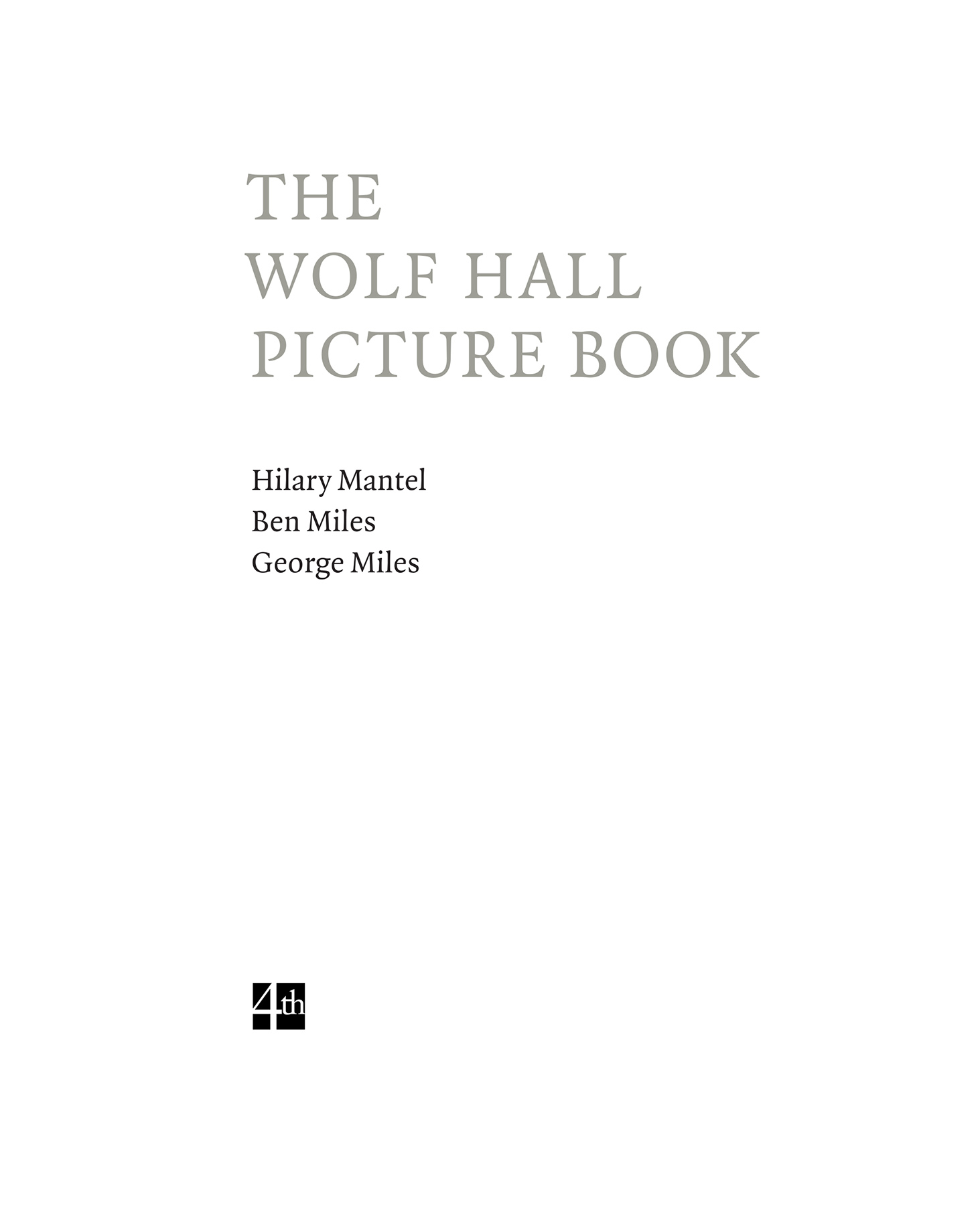
4th Estate
An imprint of HarperCollins Publishers
1 London Bridge Street
London SE1 9GF
www.4thEstate.co.uk
HarperCollins Publishers
1st Floor, Watermarque Building, Ringsend Road
Dublin 4, Ireland
This eBook first published in Great Britain by 4th Estate in 2022
Text copyright Tertius Enterprises Ltd, 2022
Photographs Ben Miles and George Miles, 2022
The authors assert the moral right to be identified as the author of this work in accordance with the Copyright, Designs and Patents Act 1988
A catalogue record for this book is available from the British Library
All rights reserved under International and Pan-American Copyright Conventions. By payment of the required fees, you have been granted the non-exclusive, non-transferable right to access and read the text of this e-book on-screen. No part of this text may be reproduced, transmitted, down-loaded, decompiled, reverse engineered, or stored in or introduced into any information storage and retrieval system, in any form or by any means, whether electronic or mechanical, now known or hereinafter invented, without the express written permission of HarperCollins
Source ISBN: 9780008530341
Ebook Edition June 2022 ISBN: 9780008541033
Version: 2022-08-22
Contents
These pictures were taken by Ben and George Miles over a period of seven years. Commentary apart, the text comes from the novels of the Wolf Hall Trilogy, and in some cases from unpublished out-takes. Thomas Cromwell is the focus of our three-way collaboration. Loosely, the images track his life, from what are now the satellite towns west of London, through the City and to the Tower, where he died in 1540. The Thames is the great artery that feeds these places, as in the sixteenth century it sustained Englands chief city. Moving beyond the capital, we have noticed woods and fields, gateways and doorways, neglected corners of unloved rooms: all the furnishings of the private imagination, whether ancient or modern.
The project began before two of the authors met the third, at around the time Ben was cast as Cromwell in the stage versions of the first two novels, Wolf Hall and Bring Up the Bodies . It was never intended to be documentary in any simple sense. It began in a spirit more playful than profound, the first morning yielding thirty-two pictures of car parks. When the double enterprise became a triple one, and we set aside whole days for the pursuit, the object was always to sneak around a location and get behind the obvious to see what Historic Royal Palaces left out for refuse collection, or to catch a glimpse of a ghosts coat-tail whisking away from multi-purpose conference rooms or banqueting venues. We believe that you dont attune yourself to the spirit of place by earnest enquiry. You just hang about, make yourself available. You show willing.
Sometimes all three of us were present when an image was made, sometimes one or two, but our response was always shared. Sometimes it is easier to show than to tell. When I am asked about the writing process, I want to be honest, but sometimes I feel my replies dont go home; they sound either complacent, or mysterious. It is hard to be articulate about what arrives before the words do hard to trace that network of neural connections that holds a novel together. I hope that by taking part in this project I can show how the creative process works for me. But the pictures are not a service to the text. They are not explanations or illustrations. They are images that exist in their own time and their own right. They talk to the text. They ask questions, as I try to do. When I come across a piece of evidence, even the baldest fact, I find it useful to ask, What is this? And then, What else
could it be?
When I saw the initial batch of pictures, I was in a rehearsal room with the cast of the plays. At that stage Ben and George had made an edit and gave me the pictures in a form I subsequently called The Red Book. I recognised that what was emerging from river mists and green spaces was a visual psychobiography of the man at the centre of the story. The images seemed to be drawn from memory, but not from mine. They reflected the inner world of the first two books, as if they were pictures from the novels dreams or their unconscious. But they also prefigured the third novel, at that stage unwritten.
The first two books in the trilogy were adapted for the stage by Mike Poulton. Not all the characters were names famous in history, and sometimes they spoke of incidents that are long forgotten by most people. In the rehearsal room I asked myself, what happens when the names of the dead are spoken aloud, perhaps for the first time in centuries? What peculiar resonance is set up? In rehearsal it was my practice to keep two notebooks open. One was for the scene unwrapping before me. The other was for scenes unwrapping in my imagination projections into the final act of Cromwells story. So some of the incidents and conversation in The Mirror & the Light stemmed from rehearsal but other developments sprang directly from these pictures. I looked back, as Cromwell does, at his childhood, and I saw what I had missed. The camera captures the perception too quick for words, but then at a second glance mine the words start to flow. Sometimes the writer can pull out the essence of a picture, and sometimes the picture can extract the essence of the text, but the plan is to leave both intact not to interrupt or over-interpret the image, but to open up the inner eye.
In his own foreword George Miles explains how the capture of images became speedier and more spontaneous. In the same way, storytelling that is rooted in the historical record becomes more fluent the more you pursue it. There is a paradoxical process at work in writing a novel, and I think in these pictures too. By craft, by patience, by long practice and anticipation, you arrange for yourself a series of surprises you throw up effects that you are not aware of creating. In the first two books, I was single-minded like Cromwell, and dealt in facts and figures. In the third, I let my mind range over what was missing from the record. Though the third book demanded iron control there was a lot of information to be processed and retrieved it also asked new things of me: that I cede control, and dream, and accept the strangeness of my own enterprise. For the writer as for the image-maker, the process cant be precisely managed. Accidents will happen. Film unwinds unexpectedly when a camera is opened. Scratches and fogging are like the writers headache, her loss of confidence, her blurring of inner vision. You cant pretend these glitches dont occur. But the useless days work is often, in retrospect, the most revelatory.
We are truly grateful to the gatekeepers the guides and curators and householders who offered us hospitality and allowed us access, and who trusted us to get on with our work, even if we could not explain what it was. Sometimes, because they wanted us to have an authentic experience, they would apologise for remnants of recent activities the stacking chairs, the sandwich crusts, the piles of coats and I sensed their polite dismay when the detritus was the focus of our attention. Photographs in guidebooks usually try to exclude the present. The photographers choose sneaky angles so you dont see parked cars, and their contemporary buildings come without plumbing or electrical wiring. They are concerned to preserve what never existed, a site untouched by exigency: a clean floor that no one has walked on, walls without graffiti. They count it a success if the location appears beautiful, serene and untouchable, beyond question or interruption.




